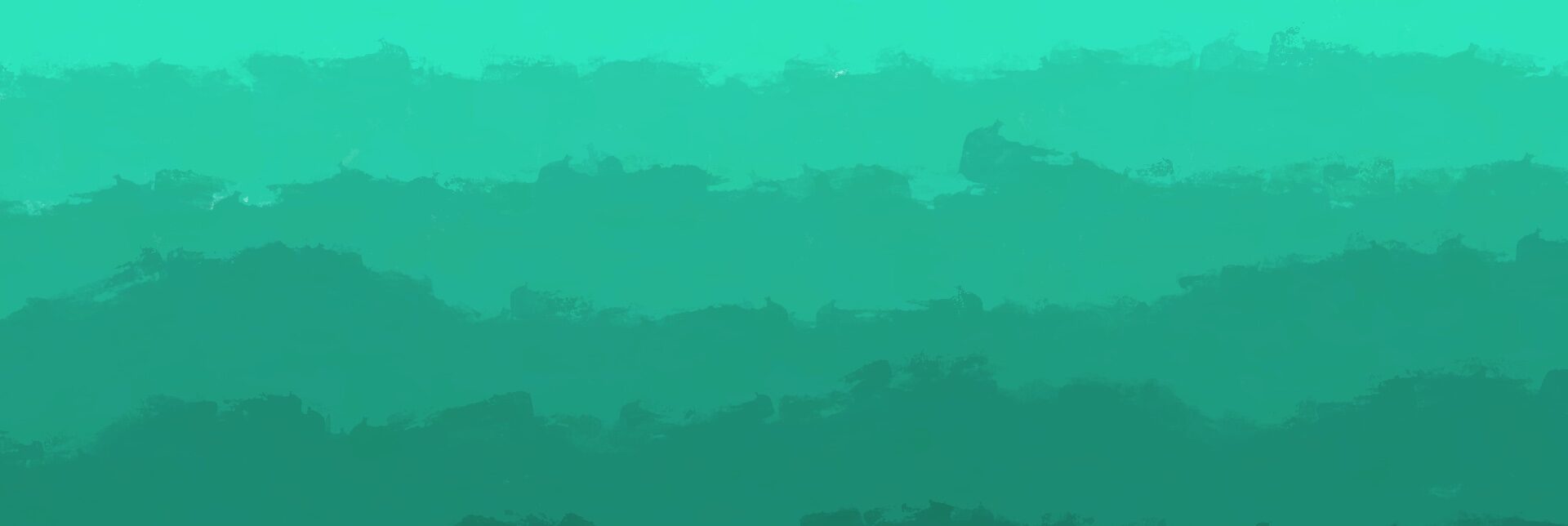“…The experience of illness and disability presents alternative ways of understanding ourselves in relation to the environment, understanding which can then generate new possibilities for intellectual connections and activist coalitions.”
Alison Kafer
The Disabled in Nature Project is place by disabled people and for disabled people to gather the stories, insights, and practices disabled people bring to their experiences with the environment. This project can serve as a resource for disabled people who are looking for ways to connect to the natural world from people who understand, share, and value their identity, practices, and life experiences. The goal of this project is to position disabled people’s experiences as a source of knowledge and insight about what it means to be human, particularly in relationship to the natural world – rather than as problems to be fixed.
Redefining What “Normal” and “Valuable” Nature Experiences Are
As a disabled environmental educator and graduate student, I’ve observed how the ways we teach students to be in nature are centered around the norms, values, and practices of nondisabled people. Rather than teaching students multiple ways of engaging with and being in the natural world, emphasis is often placed on activities that require physical strength and endurance – where pushing yourself past your physical limits is more valued that knowing when to stop, rest, and take care of your body. There are so many ways to be in nature outside of standard hiking and backpacking activities – yet these kinds of activities are the norm. Disability may be “accommodated” in – but rarely is it centered. This got me wondering:
What kinds of norms, values,
and practices do disabled people
engage with in nature?
How can we use these to challenge
ableist norms and practices in
environmental education?
What if we worked to reshape the narrative around what constitutes a “normal” and valuable nature experience by asking about and valuing the ways that disabled people connect to nature outside of this “norm”?
How could this support and validate the meaningful ways disabled people connect to nature on their own terms?
How could a gathered list of norms, practices, and values from disability community members provide environmental educators can alternative to centering their programs and curriculum around nondisabled values and practices?
How would this expand the scope of knowledge and practice of environmental education, and our understanding of what it means to be human in nature?
The disability community vast and varied, and one’s experiences as a disabled person can be influenced by many other factors like race, gender identity, class, sexual orientation, and more. As a result, there is no singular “disability experience,” and this project does not seek to promote that idea. Rather, the goal of this project is to showcase the experiences, values, and desires of disabled people in nature in context and in their own words.
Participate in the Disabled in Nature Project
Submit to the Blog
- A place for disabled people to share stories, artwork, and photos about engaging with and connecting to the natural world
- Be a part of redefining what norms, practices, and values are taught in the context of environmental and outdoor education
- You do not have to think of yourself as a nature enthusiast or expert to do this! We are interested in all types of nature experiences.
- Help build an online resource for other disabled people who want to connect with and deepen their relationship to the natural world in ways that support their mental, physical, and emotional health.
- Open to any person who identifies as disabled/has a disability.
- Before submitting, please read our submission guide.


